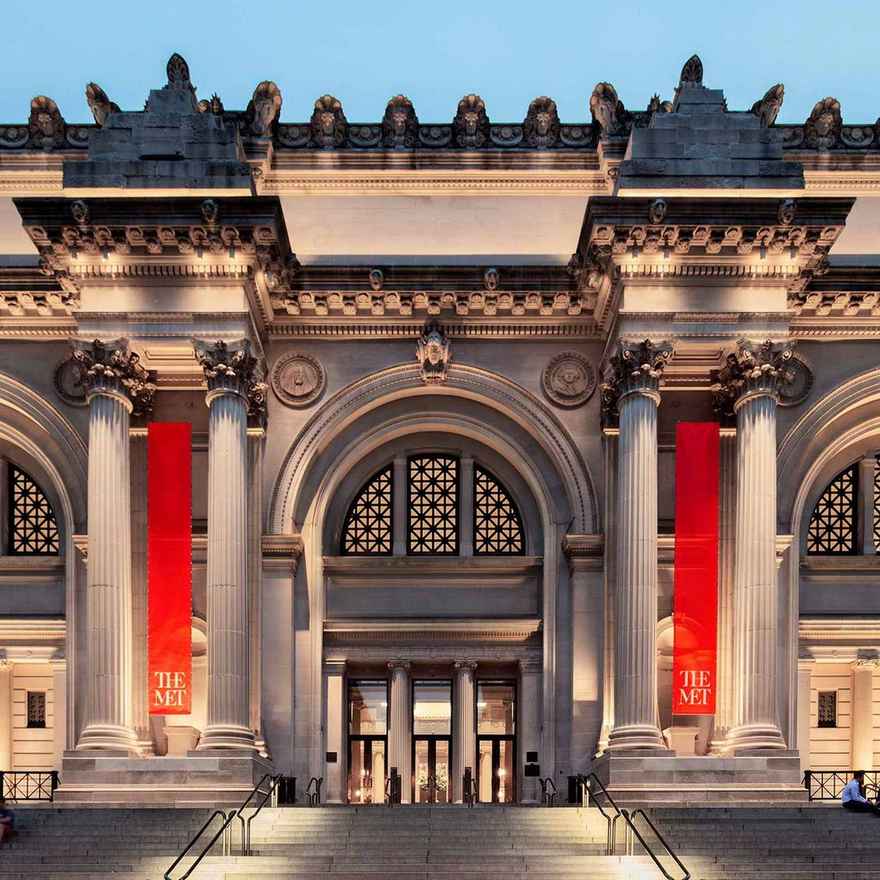Discovering Inspiration: The Power of Observation in Art and Museums

"Art enables us to find ourselves and lose ourselves at the same time." – Thomas Merton
Inspiration is a powerful force that drives creativity and innovation. It can emerge from countless sources, yet one of the most accessible and effective ways to find inspiration is through open-minded observation. When we engage with the world around us with curiosity and wonder, we uncover new ideas, insights, and perspectives that can fuel our creative pursuits. A personal favorite way to strengthen my observation skills is by immersing myself in museums. These cultural institutions serve as windows into the beauty and complexity of human expression, providing rich experiences that ignite the imagination and deepen our understanding of the world.
Art, in all its forms, can inspire, challenge, and transform us. Whether it is a painting, sculpture, photograph, or multimedia installation, art provokes emotions, confronts assumptions, and expands our understanding of history, culture, and the human condition. It often serves as both a reflection of society and a deeply personal experience. Consider Starry Night by Vincent Van Gogh - its swirling blues and radiant yellows have captivated viewers for generations. Beyond its striking beauty, the painting embodies the artist's struggles with mental health, loneliness, and his yearning for connection. It reminds us that art is not just a means of expression but also a way to communicate deep emotions and personal narratives that transcend time and place.
Museums, as custodians of art and history, amplify this experience. They offer us the opportunity to explore different cultures, historical epochs, and artistic movements, creating an ever-evolving dialogue between past and present. Walking through the halls of institutions such as The Metropolitan Museum of Art in New York City or The Louvre in Paris feels like traversing through time, uncovering layers of human creativity and ingenuity. Each visit offers a fresh perspective - whether it is through an ancient Egyptian sarcophagus, a Renaissance masterpiece, or a contemporary installation that challenges societal norms. Museums are not just repositories of objects; they are sanctuaries of inspiration where we can pause, reflect, and engage with the world in profound ways.
Beyond sparking creativity and curiosity, art and museums also serve as catalysts for empathy and understanding. Engaging with works from different cultures and historical periods allows us to step into the shoes of others, fostering a deeper appreciation for diversity and shared human experiences. A single piece of art can tell a story of resilience, revolution, love, or loss, connecting us to people and places we may never have encountered otherwise. By observing and contemplating these works, we not only enrich our knowledge but also cultivate a sense of interconnectedness with the world around us.
Practical Ways to Apply These Insights
1. Sketch or Write About What You See – Bring a small notebook when you visit a museum and jot down your thoughts, emotions, or ideas that emerge as you observe different pieces of art. Even if you are not an artist, sketching helps you notice intricate details you might otherwise overlook.
2. Ask Yourself Challenging Questions – Instead of passively admiring an artwork, engage with it by asking questions: What emotions does this evoke? What story is it telling? How does this piece relate to my own life or current events?
3. Create a Personal Art Map – Before your next museum visit, pick a theme (e.g., resilience, love, innovation) and explore how different pieces connect to this theme. This method adds depth to your observations and helps you find unexpected inspiration.
4. Observe People’s Reactions – Pay attention to how others engage with the artwork. Seeing someone’s emotional reaction or overhearing their interpretation can spark new ways of thinking about a piece.
5. Recreate the Experience at Home – If you find a particular work inspiring, research more about its artist, time period, or artistic movement. Then, try to create something in response through painting, writing, or photography.
6. Use the Five Senses Approach – Instead of just looking at the artwork, imagine how it might feel, smell, or even sound if it came to life. This immersive method can help deepen your connection with the piece.
7. Visit Museums Virtually – If you cannot visit a museum in person, take advantage of online collections from institutions like The Louvre, The MET, or The British Museum. Virtual tours can be just as inspiring.
8. Have a Conversation About Art – Discussing a painting or sculpture with a friend can open up new interpretations and perspectives you might not have considered on your own.
9. Challenge Yourself to Find Art in the Everyday – Museums are wonderful, but inspiration is everywhere. Train your eye to find beauty and meaning in everyday objects, street murals, architecture, or the natural world.
10. Return to the Same Artwork Multiple Times – Sometimes, the full impact of a piece reveals itself over time. Revisiting an artwork after weeks or months can lead to new discoveries and deeper appreciation.
By applying these techniques, we can elevate our observational skills and cultivate a mindset of inspiration that extends far beyond the walls of museums. The world around us is brimming with creative energy - our role is simply to take notice and let it shape our perspectives and ideas.
Inspiration flourishes in observation, and art and museums provide a boundless wellspring of it. Whether we are artists, scientists, writers, or simply curious explorers, we can find motivation in the creative expressions of those who came before us and those who continue to shape our world today. So let’s open our eyes, our hearts, and our minds - step into a museum, stand before a piece of art, and allow inspiration to guide us on our journeys of creativity and discovery.


0 comments
Leave a comment
Please log in or register to post a comment